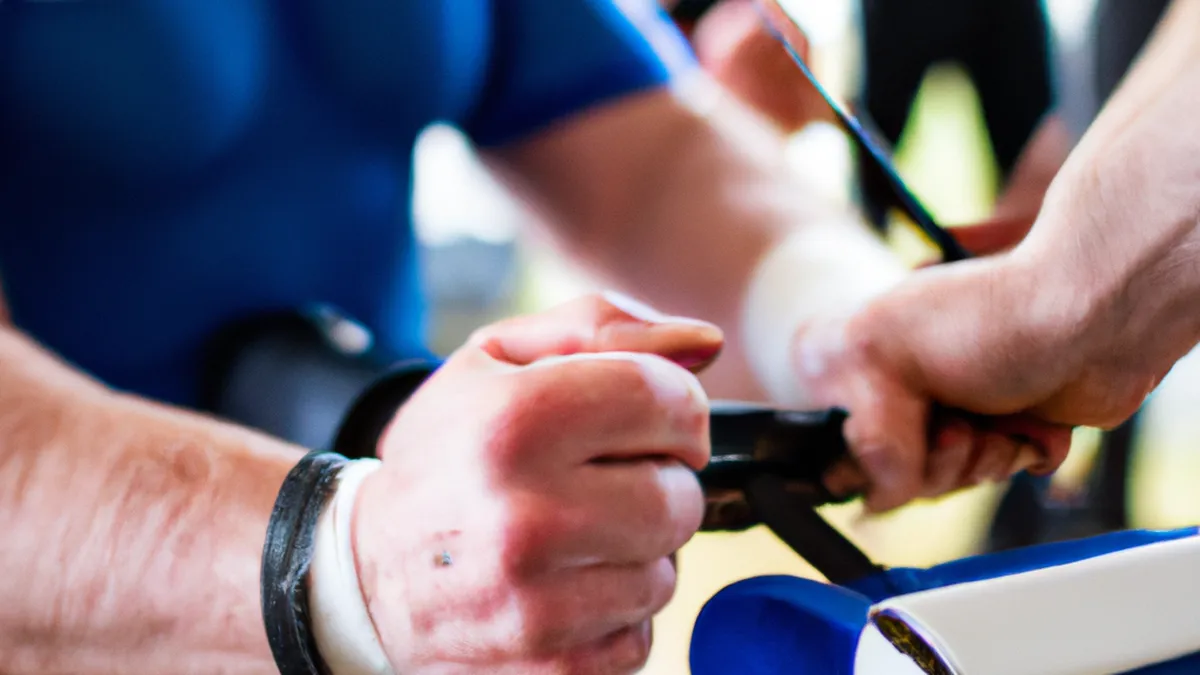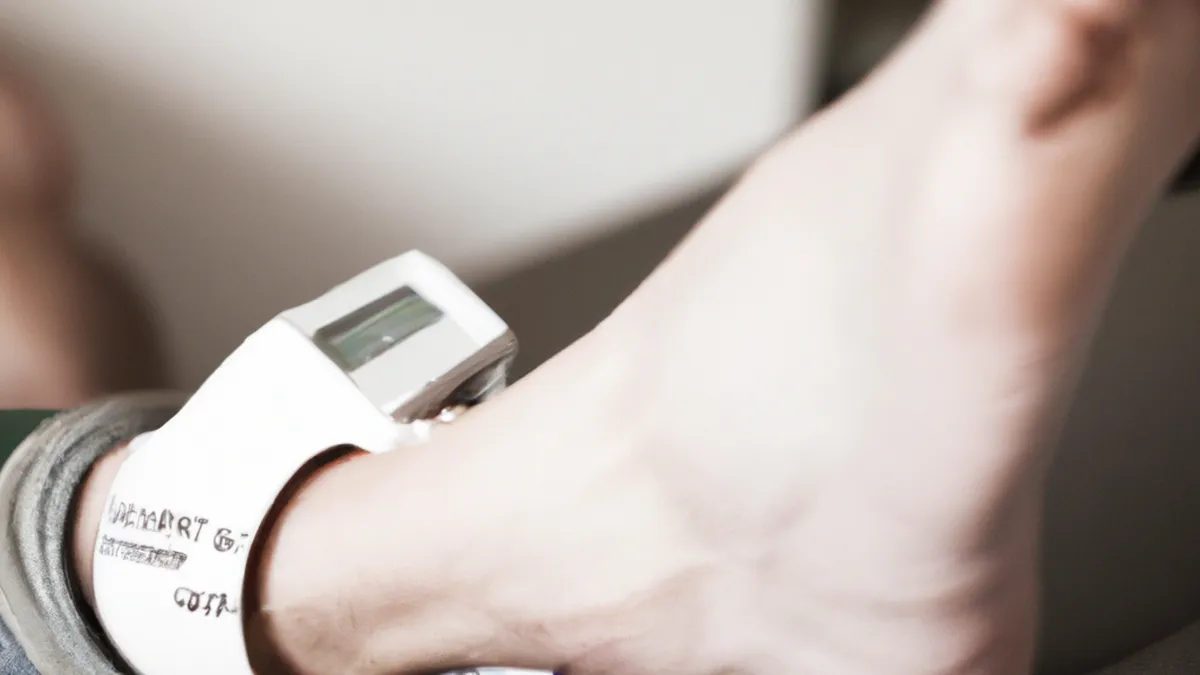Passive Recovery: 5 Key Benefits Explained
Active vs. Passive Recovery Methods: A Comprehensive GuideRecovery plays a vital role in any fitness regimen. After intense workouts, your body needs time to heal and rebuild muscle. The debate over recovery methods often centers on two approaches: active and passive recovery. Each method offers distinct benefits and drawbacks. Understanding these differences can help you enhance your athletic performance and well-being.
What is Active Recovery?
Active recovery involves low-intensity exercise after strenuous workouts. This method promotes blood flow to muscles without significant strain. Activities for active recovery include walking, light jogging, leisurely cycling, swimming, or practicing yoga. The goal is to keep your body moving while allowing it to rest.
Benefits of Active Recovery
Active recovery provides several compelling advantages:1. **Reduced Muscle Soreness**: Active recovery decreases muscle soreness, known as delayed onset muscle soreness (DOMS). Low-intensity activities increase blood circulation to muscles, delivering essential nutrients and oxygen. This enhanced blood flow repairs damaged tissue effectively.2. **Enhanced Mood**: Light exercise boosts your mood. Physical activity releases endorphins, hormones that create happiness and euphoria. This mood enhancement combats fatigue and burnout during recovery.3. **Maintenance of Fitness Levels**: Active recovery helps preserve fitness levels. Low-intensity activities keep your body conditioned and engaged. This approach prevents loss of strength or endurance during recovery periods.4. **Flexibility and Mobility**: Stretching and mobility work during active recovery enhance flexibility and joint mobility. This practice prevents stiffness and maintains your range of motion for optimal performance.
What is Passive Recovery?
As an Amazon Associate I earn from qualifying purchases.
Gear tip: consider swim goggles, swim cap, and kickboard to support this topic.
Passive recovery involves complete rest, allowing your body to recuperate without physical activity. This method includes taking days off, engaging in relaxation activities, or simply sleeping. Passive recovery is essential for your body to heal and recharge fully.
Benefits of Passive Recovery
Passive recovery offers several benefits:1. **Complete Muscle Repair**: Passive recovery allows muscles to repair fully. After intense workouts, muscles experience damage and need time to recover. Complete rest is crucial for this healing process.2. **Mental Rejuvenation**: Passive recovery provides mental rejuvenation. Continuous training without adequate rest can cause mental fatigue and burnout. Taking time off helps you recharge mentally.
Conclusion
Active and passive recovery methods each have unique benefits. Choose the approach that best suits your fitness goals and needs. Prioritize recovery to enhance your overall performance and well-being.
Below are related products based on this post:
FAQ
What is active recovery?
Active recovery involves engaging in low-intensity exercise after strenuous workouts. It promotes blood flow to the muscles without significant strain, allowing the body to rest while remaining active. Common activities include walking, light jogging, swimming, and yoga.
What are the benefits of active recovery?
Active recovery offers several advantages, including reduced muscle soreness, enhanced mood, maintenance of fitness levels, and improved flexibility and mobility. These benefits help keep the body conditioned, combat fatigue, and prevent stiffness during recovery.
What is passive recovery?
Passive recovery is characterized by complete rest, allowing the body to recuperate without physical activity. This method is essential for muscle repair and includes activities like taking days off, relaxation, or sleeping to fully recharge the body.















Post Comment